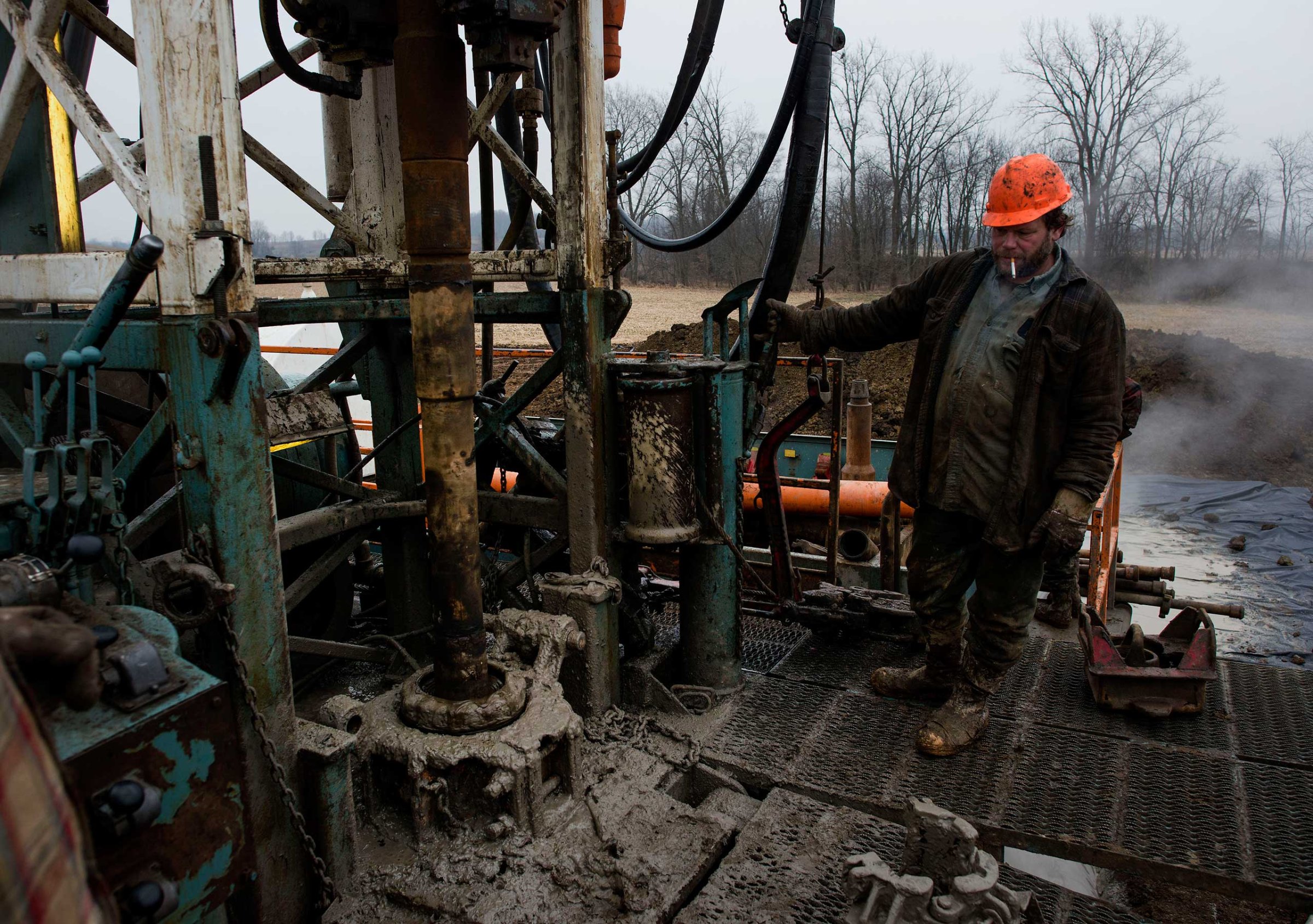
Fracking wells close to fault lines induced a series of earthquakes in Ohio, according to a new study that paints a clearer picture of the link between the controversial drilling practice and earth tremors.
The study, published this week in The Bulletin of the Seismological Society of America, found that fracking, formally known as hydraulic fracturing, may have built up subterranean pressure and caused slippage in an existing fault that contributed to dozens of mild earthquakes in Poland Township, Ohio, in March. Two of the earthquakes were large enough to be felt, though they did not do any damage. The study was reported by the New York Times.
Wells further away from the fault line were not related to the tremors, according to the study.
“It appears you have to be quite close to the fault for fracking operations to trigger earthquakes,” Michael R. Brudzinski, a seismologist at Miami University in Ohio and the co-author of the study, told the Times. “Having that sort of information helps us to see that this stuff is pretty rare.”
The research adds to growing concern among geologists that fracking can cause or intensify earthquakes. In April, scientists said for the first time that the Ohio earthquakes were linked to the gas extraction process, prompting Ohio to issue strict permit conditions.
A spokeswoman for the Ohio Department of Natural Resources told the Times that existing fracking wells were still in production but further fracking has been banned. New York State banned the drilling technique last week, citing concerns over water and air contamination.
[NYT]
More Must-Reads From TIME
- The 100 Most Influential People of 2024
- Coco Gauff Is Playing for Herself Now
- Scenes From Pro-Palestinian Encampments Across U.S. Universities
- 6 Compliments That Land Every Time
- If You're Dating Right Now , You're Brave: Column
- The AI That Could Heal a Divided Internet
- Fallout Is a Brilliant Model for the Future of Video Game Adaptations
- Want Weekly Recs on What to Watch, Read, and More? Sign Up for Worth Your Time
Write to Noah Rayman at noah.rayman@time.com